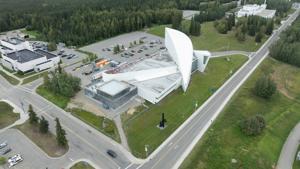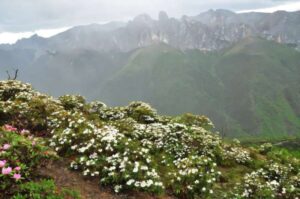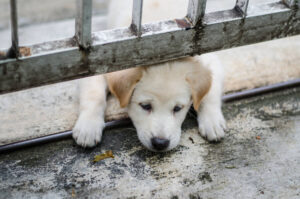
The University of Alaska Fairbanks (UAF) is set to open its new planetarium in spring 2024. Currently under construction on the west side of the Museum of the North, this facility will provide a space for education and exploration of astronomy and Alaska’s cultural heritage. The project has been made possible through a generous donation of $7.4 million from Walt and Marita Babula, marking the largest single donation in the university’s history.
The Babulas, who had remained anonymous until now, expressed their vision for the planetarium. “Aspirations and grand visions like our new planetarium can sometimes seem out of reach,” said Mike Sfraga, UAF’s interim chancellor. “We are so grateful for the partnership that has enabled Walt and Marita’s vision to be realized and create this extraordinary place that will educate and inspire Alaskans and museum visitors for generations to come.”
Funding and Collaborative Efforts
In addition to the Babulas’ significant contribution, the planetarium project has received support from various donors. This includes $500,000 from the M.J. Murdock Charitable Trust and $250,000 from longstanding UAF supporters Sarah and Cary Keller. Other contributors include the Michael and Lynn Rice Estate, Davis Constructors and Engineers, and RESPEC.
The planetarium is a collaborative effort between the Museum of the North and the UAF Geophysical Institute. UAF representatives state that the facility will serve as a platform to showcase research conducted at the university and celebrate Alaska’s diverse cultures. The Babulas envision the space as a catalyst for igniting curiosity in both Alaskans and visitors from around the world regarding space science and Alaska’s rich culture.
Facilities and Educational Opportunities
Spanning 5,700 square feet, the planetarium will feature an 11-foot dome, two high-resolution projectors, image generation computers, and an advanced sound system. The facility aims to cater to K-12 school groups, UAF students, and the broader community by hosting educational programs and events.
The planetarium’s director, Omega Smith, emphasized the significance of the new facility. “As a lifelong Alaskan who grew up beneath the northern lights, I’m honored to be this planetarium’s first director,” Smith stated. “I’m deeply grateful to the donors whose astronomical generosity is helping bring to life a long-held vision of the Geophysical Institute and UA Museum of the North.”
The Babulas have a history of philanthropic efforts in Fairbanks, having contributed to various initiatives including the Babula Children’s Garden at the Georgeson Botanical Garden. Their commitment to the community illustrates a dedication to education and support for local institutions.
The planetarium is expected to become a key resource for learning and exploration, fostering a deeper understanding of both the cosmos and Alaska’s unique cultural narratives.







